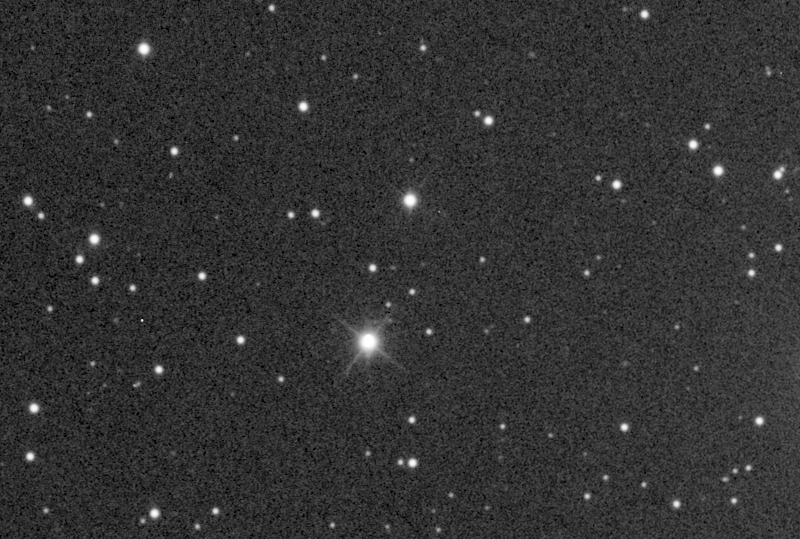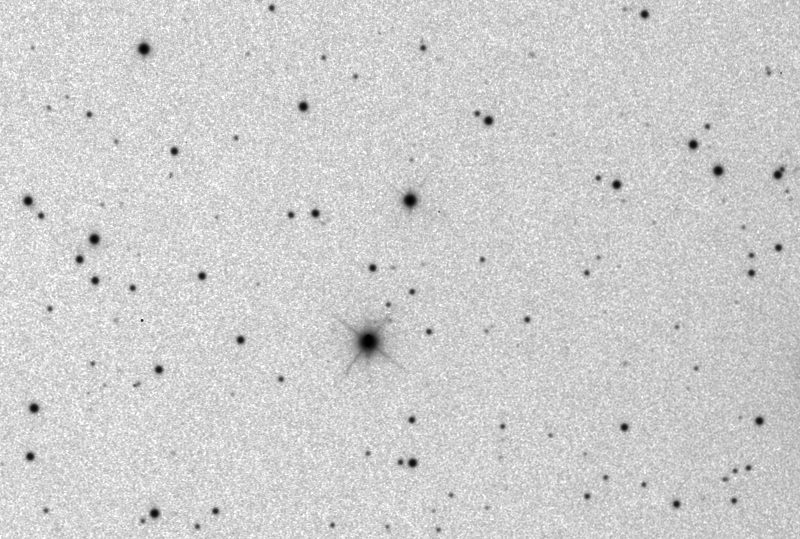
These travelling masses of ice and dust galloping throughout the universe are believed to have shaped the course of life
on this planet. As a result of comet-hunting, many deep-sky objects including nebulae and galaxies have been discovered
with perhaps the most obvious collection being the 109 (or 110) DSO's attributed to Charles Messier. With over 1000 comets
now having been catalogued and approximately 200 having been established as being periodic, historical records suggest
comets to have been observed and documented as far back as 240 BC (Comet Halley by the Chinese).
Comets are appealing to amateurs for a variety of reasons: they lead to incredible photographs thanks to their glowing and
colourful tails extending millions of kilometers as they approach the sun and the ice and various frozen gases in the nucleus
begin to vaporize; they are the precursors of meteor showers as remnants left behind on prior visits are encountered by our
planet while we orbit the sun; and they represent an active adventure and form the basis of a "culture" (comet hunters) based
on the discovery of new comets during the early dawn hours on the eastern horizon or just after sunset on the western horizon.
Note: Comet C/2012 S1 (ISON) illustrated below while passing through the constellation of
Cancer and just west of the Gemini border was discovered on Sep 21, 2012 by Vitali Nevski (Belarus) and Artyom Novichonok
(Russia) using the facilities of the International Scientific Optical Network (ISON). The comet currently lies over 990
million km away sitting between Jupiter and Saturn and has brightened from magnitude 18.8 (at discovery) to 18.1 (as per
the image below). Although magnitude predictions involving comets are quite unreliable, early indications suggest C/2012
S1 could reach naked-eye visibility during the day as it approaches perihelion in late November, 2013 at a mere 2 million
kilometers (0.012 AU) within the Sun.
Furthermore, the geometry between the sun, the earth and the comet will be sufficiently large for the comet's tail to possibly
light up similar to Comet McNaught in 2007.
For an ephemeris and orbital elements for C/2012 S1 (ISON) from Harvard's Minor Planet Center, click
here. For a simulation of
the comet including various orbital elements and physical parameters, click
here.
Note: Fifteen three-min subs were captured just before the end of astro twilight. Subs 1, 8 and
15 were used to prepare the animated GIF below and which represents approximately 22 minute-intervals between frames in the
animation. Due to the low altitude of the comet as dawn was approaching, the quality of the individual exposures is less than
ideal.
|
Comet: C/2012 S1 (ISON) Discoverers: Vitali Nevski, Artyom Novichonok Sep 21, 2012 Type: N/A Period: N/A Constellation: Cancer RA / Dec: 08h 15m 24s / 27° 46' 22" Distance: 990.6 million km Magnitude: 18.1 |
 
|
Date: Sept 26, 2012 04:32 - 05:20 UT+3 Location: Athens, Greece Equipment: AP 305/f3.8 Riccardi-Honders AP 1200GTO GEM SBIG ST-10XME SBIG CFW10 SBIG LRGB filters Integrations:
Image Scale: 1.21" / pixel Temperatures:
Software: CCDSoft V5.00.201 CCDStack V1.6.0.5 Photoshop CS5 |